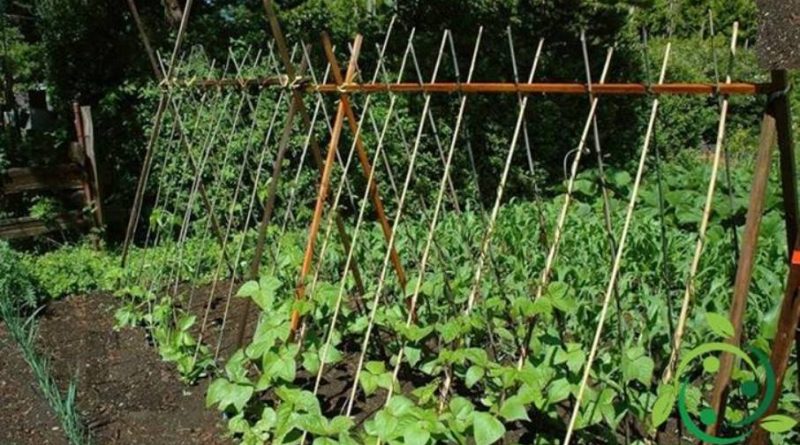How to grow green beans in a biological way
How to grow green beans in a biological way
For the cultivation of one of the most interesting ortive, that is the green beans, it is possible to carry out this operation from the beginning of spring until late summer. In areas with cold weather it is better to wait for the May period to avoid any nocturnal frost.
The sowing can be carried out directly in the open field after having carefully done the preliminary processing. In this sense it will be important to work at 40 cm depth with a preventive addition of an organic fertilizer of which we recommend the well-mature bovine manure.
It would be even better if this fertilization was made to a crop that precedes in rotation the string which then would take advantage of the fertilization and cultivation techniques of the previous crop. The soils where to grow the green bean must be absolutely well drained.
The seeding to be carried out in holes about 3-5 cm deep must be made with a distance in the row of 15 cm and between rows depending on the type of processing that you have to do next. You can also make binate files known with species that it benefits by putting them together (we recommend the plants with which it is useful to combine it: basil, cabbage, cucumber, onions, lettuces, tomatoes, leeks, turnips, radishes, celery and zucchini).
After sowing the holes must be carefully covered, slightly compacted and immediately irrigated but always avoiding the wetting of leaves and stems. Between one irrigation and another, make sure to proceed when you notice that the ground is dry on the surface.
For a good production and reduction of nutritional competition it is advisable to shred the soil with a special rake. Also useful is the mulching technique that performs the same function but with a smaller amount of labor.
In order to have a more abundant and scalar production we suggest the varieties with indeterminate growth, which however must be impaled on special inverted V supports made with reeds and tied together with vegetable grains. Green beans emit tendrils that allow plants to anchor themselves to supports.
Regarding adversity, the first cure is prevention; in this sense, these are useful precautions: avoid too many plants in a small space, do not water the leaves as mentioned, operate careful rotations and consociations, mulch the crop.
For the two most annoying phytopaths we remember the rust that must be prevented even with mulching and using, if it manifests, the decoction of horsetail. The most frequent pathology is anthracnose which can be preventively prevented with the above mentioned techniques (rotations, mulches, etc.) but also with the preventive treatment of the seed with the decoction of horsetail.
For the aphids that should occur especially for the first spring sows you can use the natural insecticide based on chili and introduce in the vicinity also for ornamental purposes of nasturtiums.

